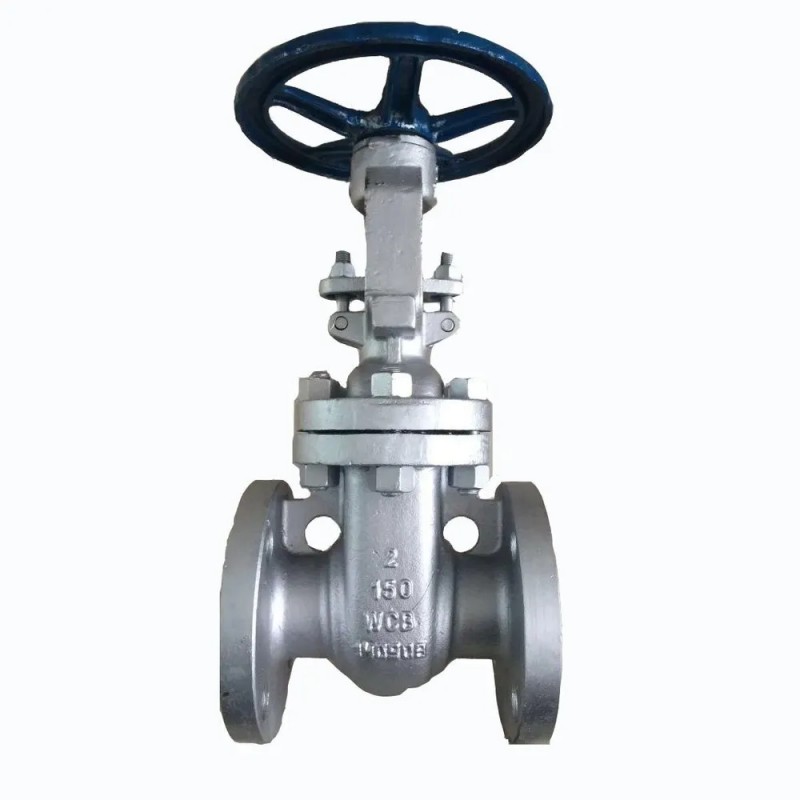Lug Type Wafer Butterfly Valve - Reliable Flow Control Solutions
Understanding Lug Type Wafer Butterfly Valves
Butterfly valves are a popular choice for many industrial applications due to their lightweight, compact design, and ability to regulate or isolate the flow of fluids. Among the various types of butterfly valves, the lug type wafer butterfly valve stands out for its unique design and functional advantages. This article provides an in-depth understanding of lug type wafer butterfly valves, highlighting their features, applications, and benefits.
What is a Lug Type Wafer Butterfly Valve?
A lug type wafer butterfly valve is a specific configuration of a butterfly valve. It consists of a circular disc that pivots around an axis and is designed to fit between the flanges of two pipeline sections. The distinct feature of a lug type valve is the presence of threaded lugs or ears on the valve's body, which allow for easy bolting to the flange connections. This design enables the valve to be installed and removed without needing to disturb the piping system, making it ideal for applications where maintenance is required without complete shutdown.
Key Features
1. Compact Design The lug type wafer butterfly valve is designed to be slim and compact, occupying less space than traditional valve types. This feature is crucial for installations where space is limited.
2. Versatile Material Options These valves are available in various materials, including cast iron, stainless steel, and PVC, making them suitable for different media types such as water, gas, and chemicals.
3. Ease of Installation The threaded lugs allow for direct mounting to the flanges of existing piping, simplifying the installation process and reducing labor costs.
lug type wafer butterfly valve

5. Low Pressure Drop The design of the butterfly disc allows for minimal obstruction in the flow path, which results in a lower pressure drop compared to other valve types.
Applications
Lug type wafer butterfly valves are commonly used in a variety of industries, including
- Water and Wastewater Treatment They are ideal for controlling the flow of water and handling sludge in treatment facilities. - Chemical Processing Their resistance to corrosion allows them to manage aggressive chemicals safely. - HVAC Systems They are used for regulating airflow in heating, ventilation, and air conditioning applications. - Food and Beverage Hygiene and cleanability make them suitable for food processing and bottling operations.
Benefits
The lug type wafer butterfly valve offers several advantages
1. Space Efficiency Their compact design enables more efficient use of space in pipelines. 2. Cost-Effective The simplicity of their design and ease of installation can lead to lower overall costs. 3. Low Maintenance With fewer moving parts and a robust design, these valves require minimal maintenance. 4. Reliability Lug type wafer butterfly valves offer reliable performance, making them a trusted choice across various industries.
Conclusion
In summary, the lug type wafer butterfly valve is a versatile and efficient solution for controlling fluid flow in numerous applications. Its unique design offers numerous advantages, including ease of installation, low pressure drop, and suitability for various materials. As industries continue to evolve and demand more efficient solutions, the lug type wafer butterfly valve remains a dependable choice for engineers and operators alike. Whether in water treatment, chemical processing, or HVAC systems, its benefits are clear—making it an essential component of modern fluid handling systems.
-
Breakthrough in Domestic Low Temperature Valve Technology in ChinaNewsAug.18,2025
-
From Machinery to Intelligent Brain: The Digital Transformation Wave of the Valve IndustryNewsAug.18,2025
-
PCVEXPO 2025NewsAug.18,2025
-
The Key to Fluid Control: Exploring the Advantages of Ball Valves in Industrial SystemsNewsJul.09,2025
-
The Versatile World of 1, 2, and 3 Piece Ball ValvesNewsJul.09,2025
-
Stainless Steel Ball Valves: The Ideal Choice for Efficient Flow ControlNewsJul.09,2025
-
Optimizing Fluid Control with Ball Float ValvesNewsJul.09,2025




